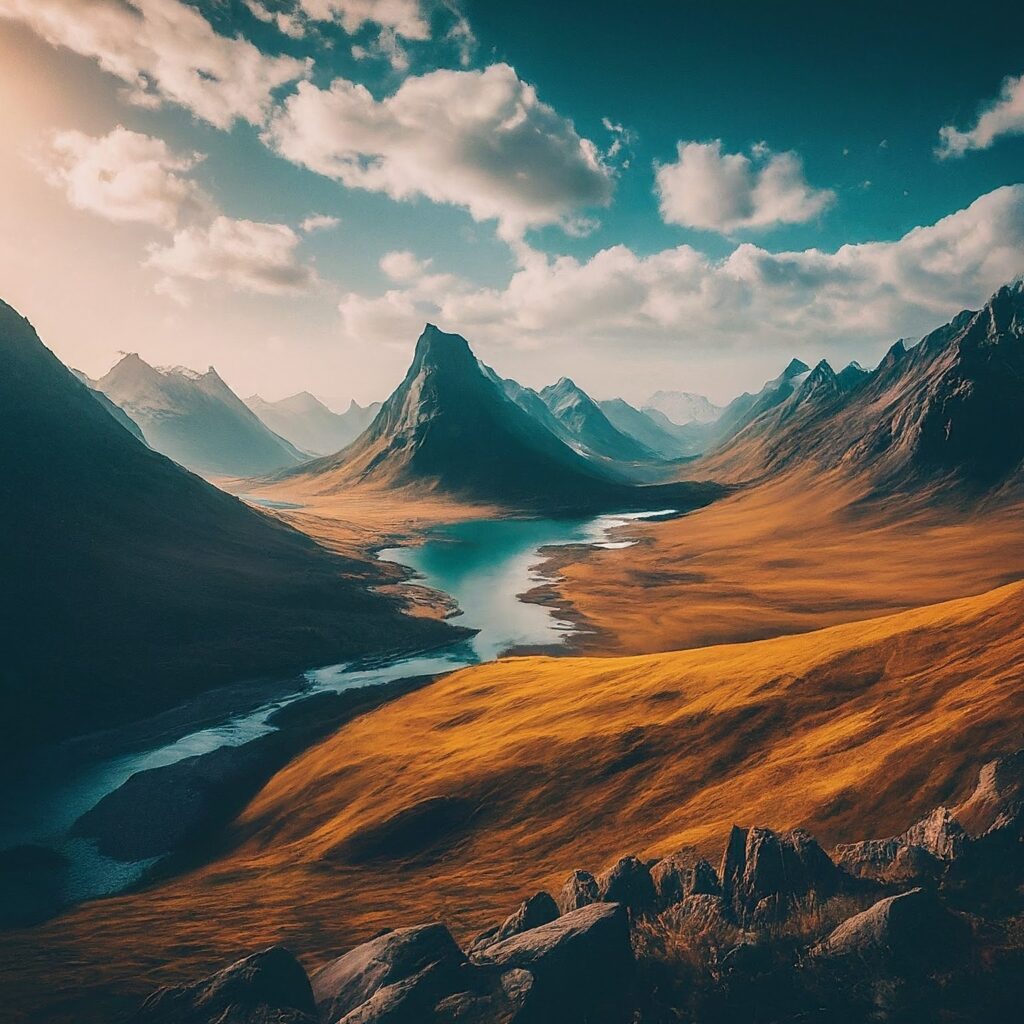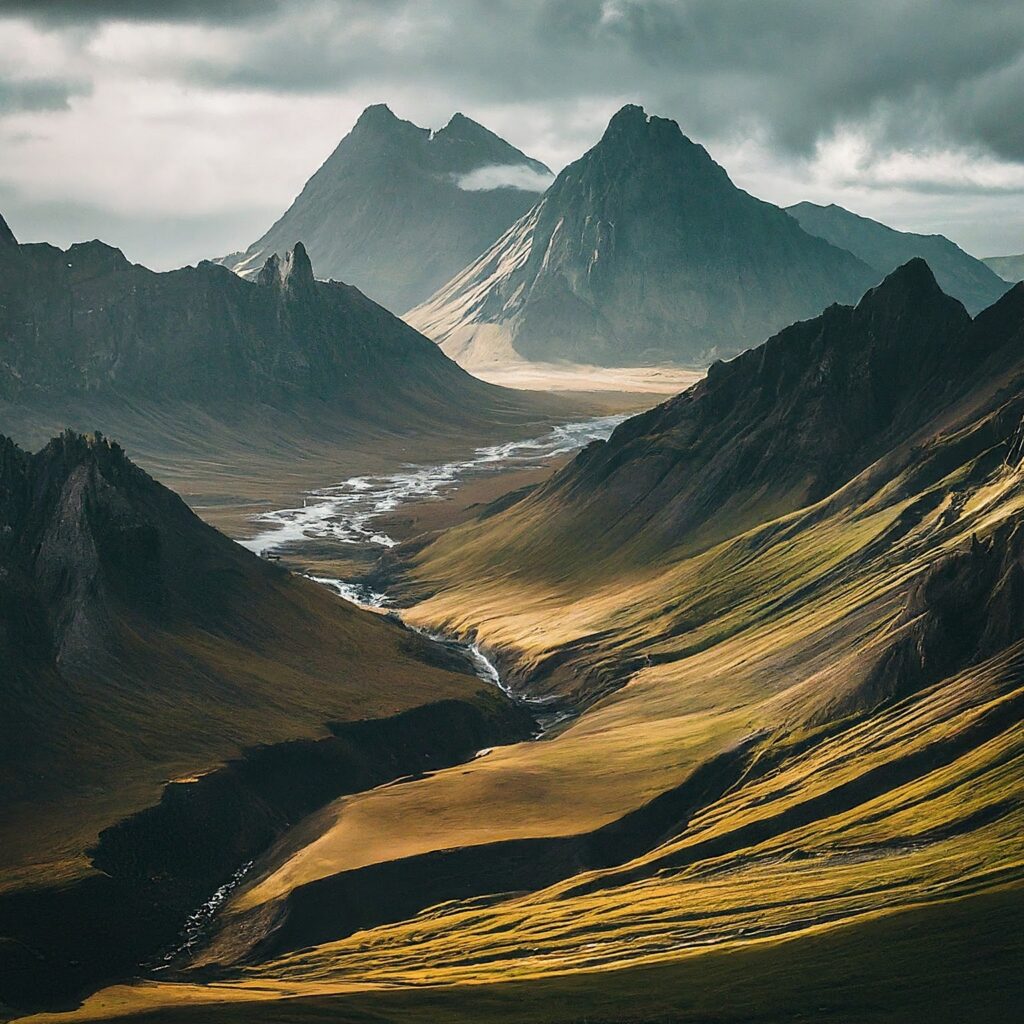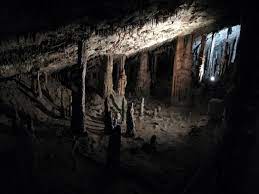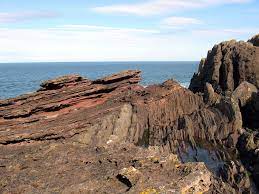Landforms are the natural features that occur on the Earth’s surface. There are many factors controlling landform development. They are the result of various processes that take place over some time. Landform development is controlled by various factors that influence the shape, size, and location of landforms.

Table of Contents
What is Landform?
In simple words, small to medium tracts or parcels of the earth’s surface are called landforms, they are small to medium-sized parts of the surface of the earth.
What is Landscape?
Several related landforms together make up landscapes (large tracts of the earth’s surface). Each landform has its own physical shape, size, and materials and is a result of the action of certain geomorphic processes and agents. Actions of most of the geomorphic processes and agents are slow, and hence the results take a long time to take shape.
Every landform has a beginning. Landforms once formed may change in their shape, size and nature slowly or fast due to the continued action of geomorphic processes and agents.
"Landform development is a gradual process. The longer these forces act, the more pronounced the changes in the landscape."
Factors Controlling Landform Development
Tectonic Activity
Tectonic activity refers to the movement of the Earth’s lithospheric plates. The movement of these plates can cause the formation of various landforms, like mountains, valleys, and plateaus.

When two plates collide, they can form fold mountains, which are characterized by steep slopes and narrow ridges. When plates move away from each other, they can form rift valleys, which are characterized by cliffs and deep valleys. Tectonic activity can also cause volcanic activity, which can form volcanoes and other landforms.

Climate
Climate is another factor that controls landform development. Climate is the average weather conditions in a particular region over a period of time. The climate of a region can influence the type of erosion that takes place, which in turn can influence the formation of landforms. For example, regions with high rainfall and warm temperatures are more likely to experience chemical weathering, which can lead to the formation of karst landscapes, such as caves, sinkholes, and underground rivers. In contrast, regions with cold temperatures and freeze-thaw cycles are more likely to experience physical weathering, which can lead to the formation of talus slopes and glacial landforms.

Geology
Geology is the Earth’s physical structure and substance. The geology of a region can influence the formation of landforms. For example, regions with soft sedimentary rocks are more likely to experience erosion, which can lead to the formation of canyons and valleys. In contrast, regions with hard igneous rocks are more resistant to erosion, which can lead to the formation of plateaus and mesas. Geology can also influence the formation of coastal landforms, such as beaches, cliffs, and sea stacks.

Erosion
Erosion is the process by which the Earth’s surface is worn down by natural processes, such as wind, water, and ice. Erosion can influence the formation of landforms by shaping the surface of the Earth. For example, rivers can erode the land and form valleys, canyons, and gorges. Wind erosion can form sand dunes and desert landscapes. Glaciers can erode the land and form U-shaped valleys, moraines, and other glacial landforms.

Human Activity
Human activity is another factor that can influence landform development. Human activities, such as mining, quarrying, and deforestation, can alter the landscape and cause changes to the natural environment. For example, mining can cause the formation of large holes in the ground, while deforestation can lead to soil erosion and the loss of topsoil. Urbanization can also have an impact on landform development by changing the natural drainage patterns and altering the surface of the Earth.
Conclusion
In conclusion, landform development is controlled by various factors, including tectonic activity, climate, geology, erosion, and human activity. These factors interact with each other in complex ways to shape the surface of the Earth. Understanding these factors is important for predicting and managing changes to the natural environment. By studying the factors that control landform development, we can better understand the Earth’s history and anticipate how it might change in the future.
Landform development is a slow and continuous process. A number of factors control landform development including tectonic activity, climate, geology, erosion, and human activity. These factors interact with each other in complex ways to shape the surface of the Earth.
